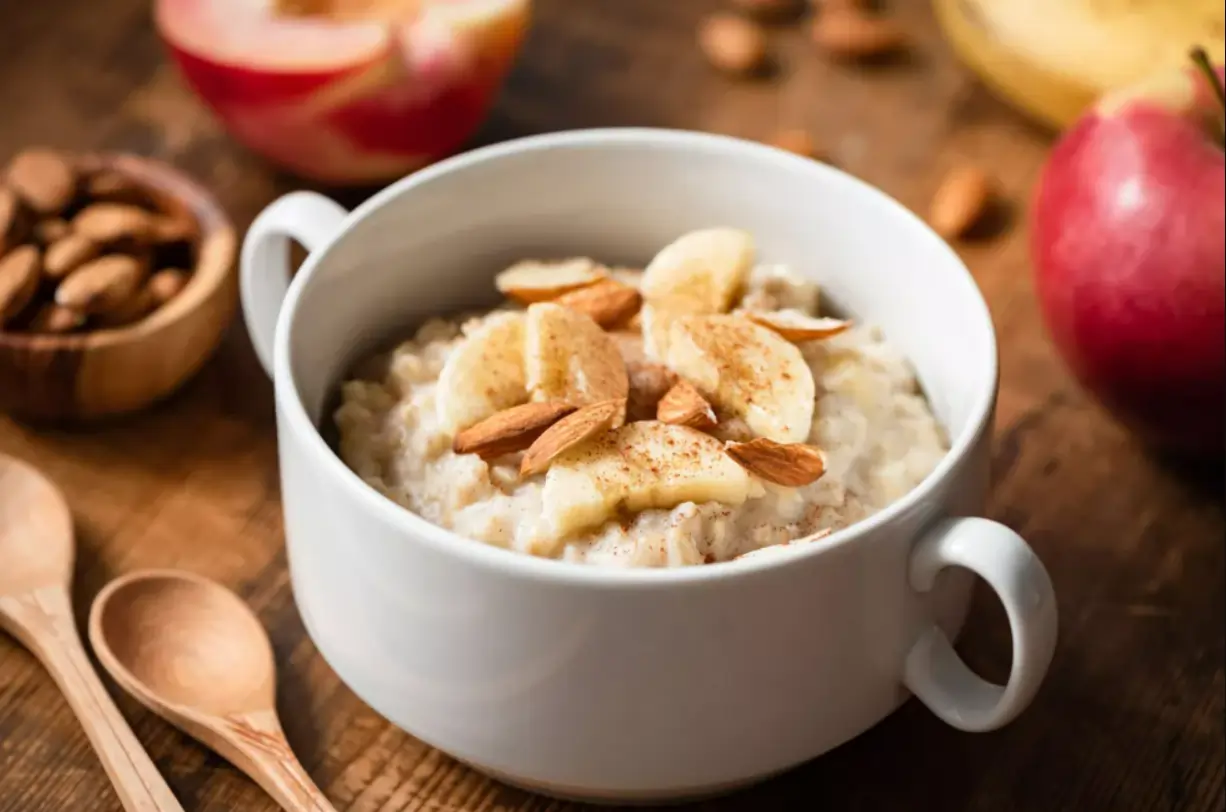Sugar Substitutes: How to Sweeten Naturally?
In light of the implementation of the Front Labeling Law, our awareness regarding our consumption has significantly increased. In this article, we pose the question: How can we naturally sweeten our food?
The topic of sugar substitutes has gained considerable attention, largely influenced by the growing consciousness fostered by the warning labels on products containing excessive sugar.
Let us recall that the Front Labeling Law was enforced last year as an initiative aimed at providing us with more information about our consumption habits. Its objective is to safeguard our rights and combat the risks of obesity, hypertension, and heart diseases associated with poor dietary choices.
What are the adverse effects of sweeteners? Why are they not recommended for children? How can we sweeten our food naturally?
Nutritionist Romina Sánchez offers her reflections on these matters, emphasizing the challenge of going four days without sugar. She highlights the increasing number of nutrition programs that advocate for reducing or eliminating the consumption of sweets, desserts, and confections.
“Eliminating refined sugar from your diet is vital for your well-being,” asserts the expert. She further suggests, “There are natural sugars that function as sweeteners, albeit with higher nutrient content and caloric value. These should be consumed in moderation and on occasional basis.”
Sugar is present in numerous food products. Romina clarifies that the healthiest approach is to opt for whole foods such as cereals, breads, and flours that retain their fiber content in recipes. Fiber possesses satiating properties, preventing rapid increases in the glycemic index and yielding superior effects.
Additionally, she reminds us that children under the age of three should neither consume sugar nor non-caloric sweeteners. For this age group, natural fruits are recommended as a healthier alternative.
7 natural sweeteners
1.Fruit
The ripe banana can be used in pastries, in cakes, muffins or porridges to sweeten. It can also be used in shakes and smoothies.
2. Dates
They are very tasty. We usually eat them as a snack filled with almond butter or in cakes or smoothies to sweeten them in a natural and smooth way. Medjools are my favorite because of their texture, their almost caramel-like flavor and how easy they are to process, however, they are not inexpensive (they come in a cardboard box). If you can’t find Medjools, it is advisable to soak them in warm water for about 30 minutes to process them more easily (these are the ones that come in bags). You can also make dulce de dátiles, processing them with a little water until creamy and smooth.
3. Apple juice or fruit juice / Apple concentrate
A very good trick to sweeten your compotes or to use as a base for your smoothies is fruit juice, such as orange or apple juice. Homemade or purchased, but always unsweetened and natural. You can also use natural apple concentrate to sweeten in baking.
4. Maple syrup
It is usually expensive, you can find it in large supermarkets. Grade C maple syrup contains more minerals, because it is the highest quality syrup, i.e. the syrup from the last harvest. It is the richest in calcium, zinc, manganese and iron. True maple syrup comes from the Quebec, Ontario and Maritimes provinces of Canada and the northern New England states of the United States. Most maples can be used for sap extraction and syrup manufacture, but sugar maple (Acer saccharum) and black maple (Acer nigrum) are the most suitable. Because of its economic importance, the maple is an emblem of Canada, and its leaf is depicted on the Canadian flag. Vegan cuisine commonly uses it as a substitute for honey.
5. Coconut sugar
Coconut sugar is a sweetener with a lower glycemic index than the others, although it beats yacon syrup (but it is very expensive). Nowadays, you can find it in almost all organic stores at moderate to high prices. It is a good option to substitute sugar for this coconut version. It has a slightly caramelized flavor.
6. Honey
I usually choose honey to sweeten herbal teas or my chia pudding. Choose the one you like best, as there are many varieties, but try to choose one that is as local as possible, unpasteurized, unfiltered and in a glass container. The thicker or more crystallized it is, the purer it is. The more liquid, the more reduced. The flavor of the honey will change depending on the flower on which the bees feed. I recently tasted one that tasted like basil, for example.
7. Monk Fruit Sugar (Monk fruit)
Monk fruit sugar is a zero-calorie sweetener, used in cooking just like sugar. Erythritol, monk fruit (Siraitia grosvenonii extract) (4.0 g/100 g). The outstanding benefits are: no bitter taste, suitable for diabetics, no calories and a sweetening capacity 200 times more potent than sugar. The monk fruit (Siraitia grosvenorii) is the fruit of a vine plant of the cucurbitaceae family. It originates from southern China, where it is known as luo han guo. It is believed that its name derives from the fact that its first growers were Buddhist monks arhats. A not minor fact: there are no known annoying effects derived from its ingestion.

